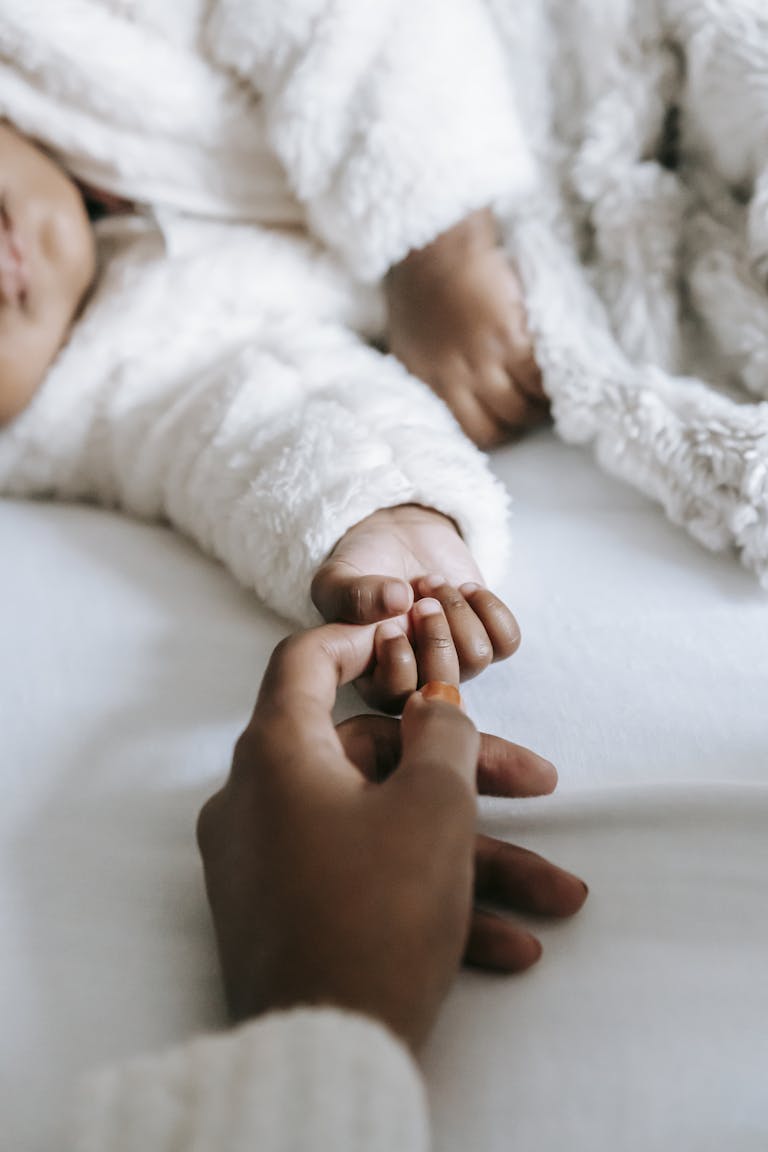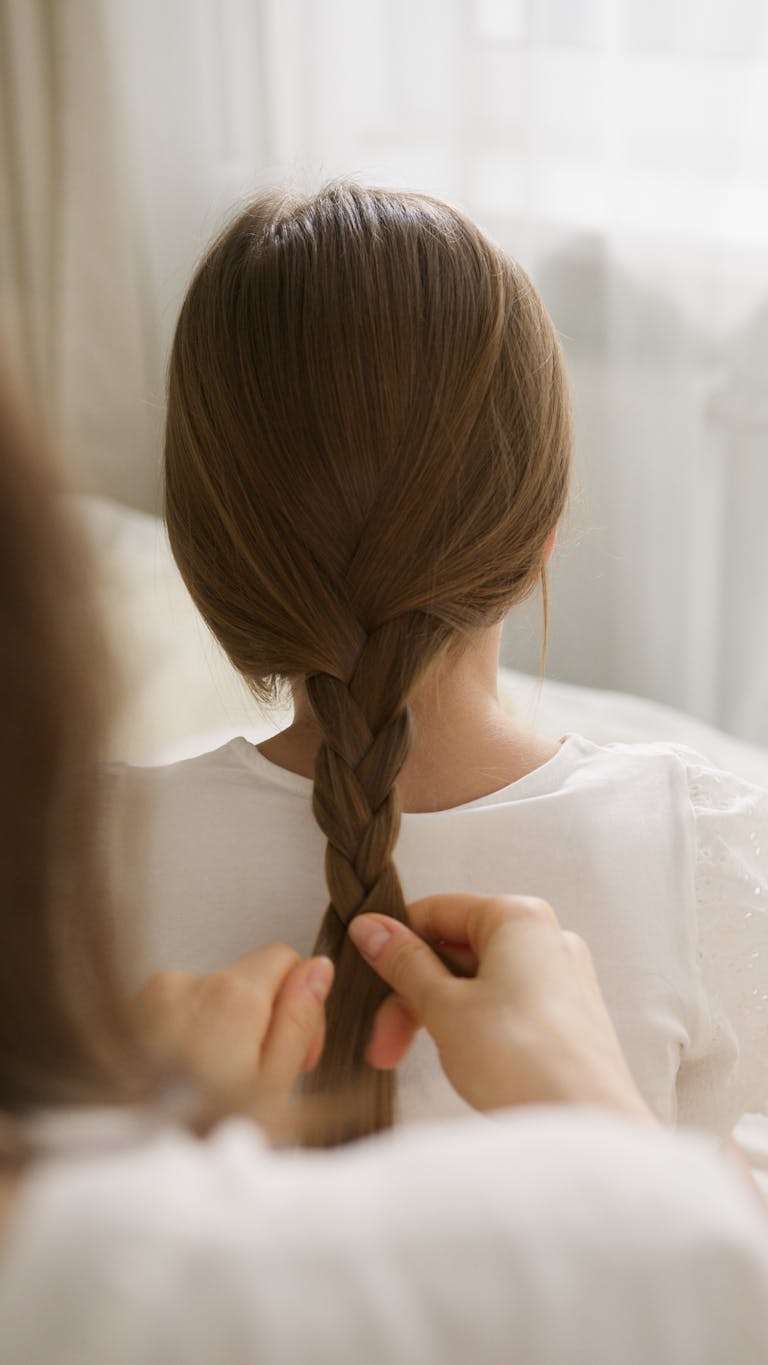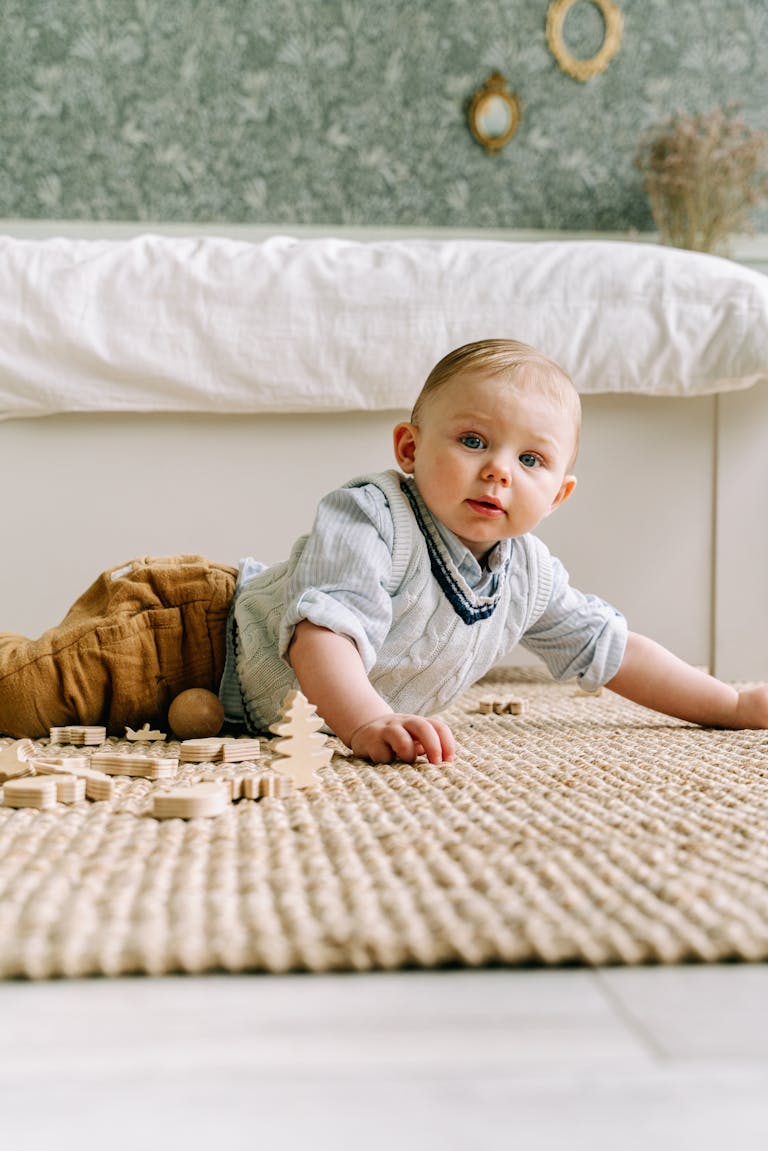Tiny bumps, stubborn patches, surprising redness—when a baby rash appears, even seasoned parents may feel a wave of uncertainty. Is it harmless or something more urgent? Why here, why now? It’s a scene that repeats itself in countless nurseries: your baby’s delicate skin, so soft and pure, suddenly interrupted by curious textures and flushes of colour. Sensitive to climate, new detergents, diapers, or even mummy’s kisses, that pristine surface is a true early warning system. Understanding what triggers a baby rash, how to respond, and when to seek help is not just about comfort—it’s about health, reassurance, and building daily care that protects those little cheeks and folds.
The journey through baby skin problems is rarely simple. Is the culprit an infection or just heat? Do you need a medical prescription or just more frequent diaper changes? And, above all, how to make baby comfortable—quickly, gently, and safely? Whether you’ve seen redness in the diaper area, crusts on the scalp, or tiny, itchy bumps on the tummy, this exploration blends scientific rigor with practical day-to-day advice. Medical terminology will be your ally, not a barrier, as we pull back the curtain on causes, prevention, and relief. Let’s begin.
What Exactly Is a Baby Rash?
Baby skin is thinner, more sensitive, and more reactive than you might expect. The term baby rash covers a huge spectrum: any shift in skin that looks unusual—redness, bumps, scales, blisters, or even a patch that feels rough to the touch. For some infants, it’s a gentle flush. For others, things escalate to blistering or peeling. Imagine a world where even moisture or a snuggly onesie can set the stage for irritation. A baby’s immature immune system is also a major player—meaning even small challenges can show up clearly on their skin.
You might see:
- Localised irritation—perhaps just around the mouth from drooling, or in a sweaty fold on a warm day.
- Rapid appearance after exposure to a new soap, ointment, or food.
- Widespread patches without obvious cause, sometimes linked to invisible viral infections.
- Classical medical names like eczema (red, itchy, chronically dry skin), diaper rash (inflammation in the diaper zone), cradle cap (thick scales over the scalp), baby acne (tiny pimples, often on the face), or hives (swollen, itchy welts).
Each has a different story, but all are, in a sense, variations on the same vulnerability: a developing barrier, learning to cope with the world.
Why Does a Baby Rash Appear? (Causes and Science)
Sometimes the pattern is striking—diaper rash that blossoms when diapers are not changed often enough, or eczema running in allergic families. Other times, it’s mysterious and sudden. Here’s a closer look at common triggers:
- Prolonged moisture: Diapers or drooling can keep sensitive areas persistently damp. Skin, no longer able to “breathe,” becomes inflamed and fragile.
- Contact with irritants: Are you using a scented detergent, a new soap, or those disposable wipes promised to be gentle but maybe aren’t?
- Heat and humidity: Physical activity, swaddling, or hot weather—it’s easy for tiny sweat glands to get blocked, leading to heat rash (prickly heat).
- Allergic responses: Some rashes stem from an immune reaction to food, environmental factors, or medicine. Hives and sudden erythema (an intense red flush) make dramatic entries.
- Infectious sources: Virus-triggered rashes (measles, chickenpox, roseola) often occur with other symptoms like fever or irritability. Bacterial invaders (impetigo) can cause crusted, spreading patches. Fungal offenders, such as candida in the diaper area, bring a different flavour—think persistent redness that resists standard care.
- Chafing and friction: Overlapping skin folds can rub, especially if baby is plump and active.
It isn’t always possible to pinpoint the exact reason without help. But by tracking exposures, considering timing, and observing what soothes or worsens the rash, parents become sharp detectives—sometimes with medical backup.
Recognising and Describing Baby Rash: Signs, Symptoms, Locations
How does it look? Texture, spread, and behaviour all offer clues.
- Redness: A common denominator, but notice—is it smooth or raised? Does it fade if you press it gently (blanching)?
- Shape and arrangement: Are there tiny bumps, larger blisters, or dry patches? Is the area scaly, crusted, or moist?
- Localised or widespread: Diaper area, face, scalp, trunk, skin folds—all have characteristic culprits.
- Associated symptoms: Itching is highly suggestive for eczema or hives. Fever, lethargy, or poor feeding raise red flags, often requiring prompt medical assessment.
Take note of any systemic changes: fever, swelling, a lethargic baby, or rashes that evolve rapidly (especially with blistering, purplish marks, or wounds that ooze).
How to Distinguish: Infection, Allergy, Irritation?
It’s a balancing act. Consider a few diagnostic clues:
- Does the rash seem limited to one zone after repeated exposure (think: diaper rash, contact dermatitis)?
- Is it suddenly everywhere? Did it follow a new taste or medication? Allergic reactions can blanket the skin quickly, sometimes with swelling.
- Are there accompanying symptoms: fever, runny nose, cough, irritability? Viral exanthems often arrive with a broader illness picture.
- Are there vesicles (fluid-filled blisters) or crusts? Impetigo (bacterial) and chickenpox stand apart here.
A helpful chart for reference:
- Non-infectious: diaper rash, baby acne, eczema, cradle cap, erythema toxicum, milia, contact dermatitis.
- Contagious: impetigo, chickenpox, measles, fifth disease, scabies, ringworm, hand-foot-mouth.
If in doubt, photographs and a written timeline of exposures and symptoms provide invaluable information for consultation.
Diagnosing a Baby Rash: Medical Evaluation
Medical professionals start with the history: when did the baby rash appear, how did it progress, were there changes in environment, creams, laundry, or foods? A visual exam searches for key patterns—distribution, moisture, scaling, crusts, swelling, or pus.
In some cases, tests are needed:
- Skin swabs (if infection suspected).
- Blood tests (for signs of systemic illness, allergies).
- Allergy panels (for persistent or severe cases).
Examples of warning signs:
- Escalating redness, weeping wounds, areas hot or tender to touch.
- Babies younger than 3 months, especially with fever.
- Rashes that do not fade on pressure (danger of more serious conditions, like meningococcal disease).
Don’t hesitate to seek immediate evaluation for any rapid progression, lethargy, refusal to feed, or breathing difficulties.
Best Practices for Baby Rash Treatment: Home and Medical Strategies
What helps? What to avoid? Consider these layers of care:
Basic Skin Care Rituals
- Use fragrance-free cleansers, avoiding strong soaps and scrubbing.
- Pat, never rub, affected areas after bath.
- Hydrate with gentle emollients; seals moisture, particularly in eczema.
- Let baby’s bottom air out daily if diaper rash occurs—skip the nappy for a while!
- Select barrier creams (zinc oxide, petroleum jelly) for diaper changes.
Specific Interventions
- Diaper rash: Focus on dryness; apply barrier cream after every change. For persistent cases with satellite spots (tiny red dots beyond the main area), antifungal ointments may be necessary—a sign of candida.
- Eczema: Intense, regular moisturising; for flares, paediatricians may recommend mild corticosteroid creams (in small, controlled amounts).
- Cradle cap: Use a soft-bristled brush and mild baby shampoo; gently remove flakes, but don’t force them.
- Heat rash: Bathe in cool water, dress baby in loose cotton clothes, reduce layers.
- Infectious and allergic rashes: Seek professional advice for antibiotics, antivirals, or supervised use of antihistamines. Do not self-prescribe.
- Pain/itch relief: Cool compresses can be soothing. If fever or pain is present, paediatric paracetamol (acetaminophen) or ibuprofen may be given as per doctor’s advice; never aspirin.
Monitor for scratching—trim nails, cover hands if needed—to avoid introducing infection.
Prevention: Building Habits for Healthier Baby Skin
Prevention, as always, is part anticipation, part daily ritual. Consider these:
Hygiene, Environment, Clothing
- Opt for mild, fragrance- and dye-free cleansers and detergents.
- Rinse all linen and clothing thoroughly.
- Dress your baby in loose, breathable fabrics; avoid tight or synthetic wear.
- Keep your baby’s skin dry—change diapers promptly and allow for diaper-free moments.
- Maintain a comfortably cool, ventilated room.
Food and Product Sensitivities
- When introducing new foods, watch for immediate or delayed skin reactions.
- Switch skincare or laundry products one at a time to track sensitivities.
- Monitor for rashes that correlate with specific triggers.
Daily Monitoring and Responsive Care
- Observe for early changes and catch irritations quickly—timely action prevents escalation.
- If past products caused a rash, skip them entirely in the future.
- Document rash details, changes, and responses to different remedies—it empowers informed discussion with professionals.
Supporting Your Baby: Day-to-Day Comfort and Vigilance
Do little measures matter? Absolutely.
- Use the softest linens, avoid scratchy seams or tags.
- Short baths with lukewarm water, rapid drying, and prompt moisturisation provide a stable foundation.
- Mittened hands or trimmed nails keep scratching at bay, and distraction (toys, songs) reduces anxiety for both baby and parent.
- Watch carefully for signs of infection: increased redness, swelling, oozing, or discomfort.
- Feeling unsure? A well-documented description (photos, symptoms, exposures) will speed up the right diagnosis and care.
Empowering yourself with observation, notes, and early action helps your child—and gives you more peace of mind, too.
Key Takeaways
- A baby rash is a common but often benign part of infancy; most causes are related to irritation, allergy, or infection.
- Sensitivity to detergents, diapers, clothing, and climate makes gentle, fragrance-free routines essential.
- Persistent, spreading, or systemically accompanied rashes warrant prompt medical review.
- Preventing rashes is about habits: frequent diaper changes, soft cotton fabrics, mild cleansers, and attentive observation.
- There are always trusted resources and medical professionals to support you with decisions and questions. For personalised guidance, downloadable health questionnaires, and continual support, explore the Heloa app.
Questions Parents Ask
How can I know if my baby’s rash is due to an allergy or other reason?
This question lingers for many. Allergic rashes typically appear suddenly after contact with new foods, products (like laundry detergents), or fabrics. They often present as red, raised patches—sometimes hives—and may rapidly spread. Swelling near the eyes or mouth, or increased baby fussiness, should not be ignored. By contrast, irritation or mild viral rashes may localise and develop more slowly. Always make note of anything new in the environment, and err on the side of consult if reactions escalate or if swelling and breathing troubles arise.
What home remedies can gently soothe my baby’s rash?
Lukewarm baths work wonders, particularly if you add colloidal oatmeal (a proven soother in many paediatric studies). Gently pat dry; avoid any rough towels. Apply a zinc-based barrier cream or hypoallergenic, fragrance-free moisturiser. Loose cotton clothing and brief diaper-free times help keep moisture at bay. Never scrub the skin or use strong cleansers. If redness or itching persists, check back with your healthcare professional before experimenting further.
When should I seek medical help for my baby’s rash?
The right moment is not always obvious, but some signs demand prompt action: fever with rash, extreme fussiness, any breathing difficulty, or rashes that are swollen, blistered, or oozing. A baby who’s lethargic or refusing feeds also needs review without delay. Even if symptoms seem minor, it’s best to consult when doubt lingers—for your reassurance and your child’s care. Reassurance, after all, is a parent’s sweetest medicine.
Further reading:









